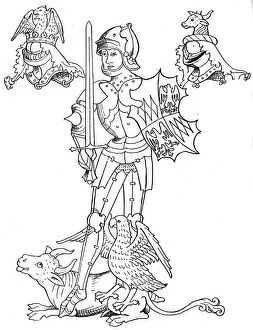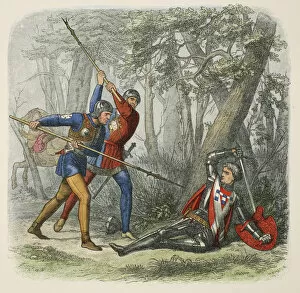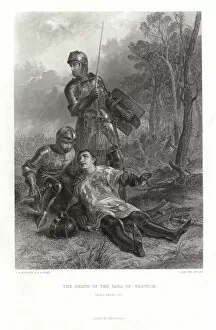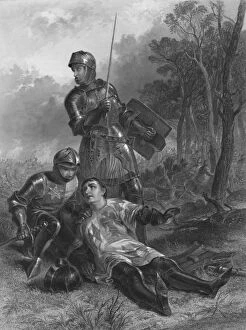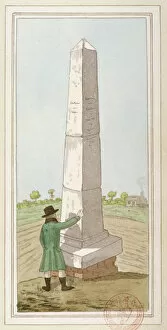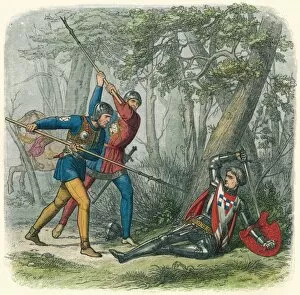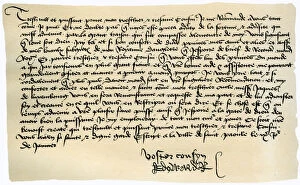Richard Neville Collection
Richard Neville, also known as Warwick the Kingmaker, was a prominent 15th-century English nobleman and soldier
For sale as Licensed Images
Choose your image, Select your licence and Download the media
Richard Neville, also known as Warwick the Kingmaker, was a prominent 15th-century English nobleman and soldier. Born in 1428, he played a crucial role in the Wars of the Roses, a series of civil wars between two rival branches of the royal House of Plantagenet. Neville's influence reached its peak during the reigns of Henry VI and Edward IV. He supported both kings at different times but eventually switched sides due to political disagreements. His military prowess earned him his famous nickname "the Kingmaker, " as he had the power to determine who would sit on England's throne. However, Richard Neville met an untimely end on April 14th, 1471. The Death of the King-Maker marked a significant turning point in English history. Various depictions capture this eventful moment; from engravings to paintings like "The Death of Warwick (King Henry VI)" by T Brown or "Death to the Kingmaker" by James William Edmund Doyle. One such depiction shows an obelisk at Monken Hadley in Hertfordshire erected around 1800. This monument stands as a reminder of Warwick's legacy and his impact on British politics during that turbulent period. Another artwork portrays Richard Neville submitting to Queen Margaret in 1470 before his eventual demise at Barnet Battle depicted in "Death of Warwick the Kingmaker" (1864) or "Death to the Kingmaker" (1864) by James William Edmund Doyle. Historical records also provide insight into this era through documents like Edward IV's letter to Francis II, Duke of Brittany dated January 9th, 1471. These artifacts offer glimpses into Neville's life and highlight his significance within medieval society.

